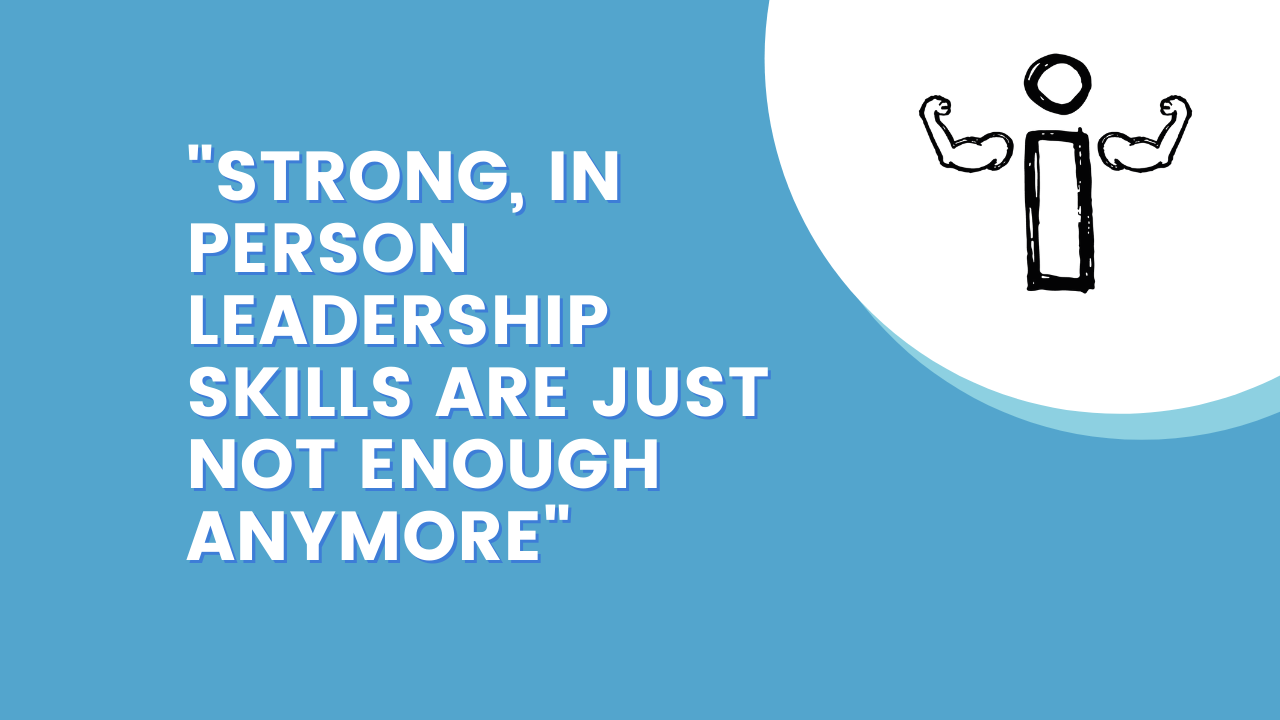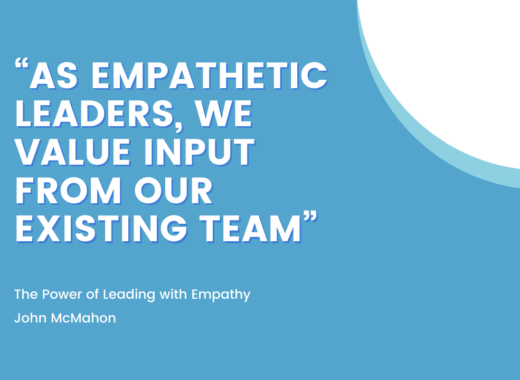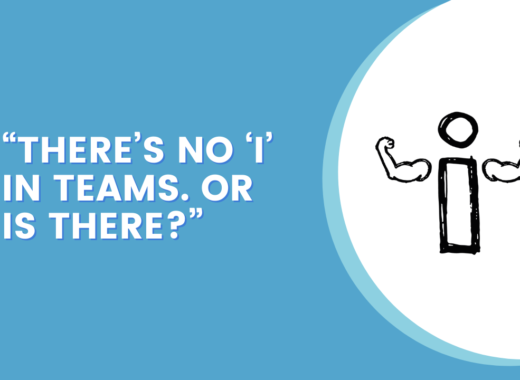How and Why the Role of the Leader has Changed

Strong, in person leadership skills are just not enough anymore. Many organisations have implemented new working models for which leaders need a whole different skill set. Perhaps your people are working remotely or you’ve got some people working from home and some in the office – leading a team in this environment is not the same as actually going in and being able to talk to them, face-to-face. The skill set you need is based around empathy.
For clarity, these are the working models that I refer to:
Office ‘9 to 5’: You are expected to go to an office daily for a set number of hours. Working away from the office is an exception rather than the rule.
Hybrid working: This is usually the term used when people are slightly scared of ditching the old 9 to 5, but recognise that people will want much greater flexibility.
Work from anywhere (WFA): Your team can work from anywhere in the world, but agree to attend face-to-face and virtual meetings as requested.
Fully remote: Everyone works remotely. There is no office. Face-to-face meet ups are generally once or twice a year (if at all).
I think we know that when a leader lacks empathy with the team, the team are constantly on their guard, protecting their own self interest, etc. That’s always been the case but perhaps even more so when you’re not face-to-face every day. When you’re remote, WFA or hybrid, it’s harder to judge what mood people are in or to pick up on people who are unhappy or uncomfortable with some decisions you’ve made. As a leader, your role is to recognise any issues before they become a real problem. Communication, trust and transparency are key.
Whilst planning the content for my book, I had some really interesting conversations with Kiran Haslam, chief marketing officer at Princess Yachts. One of the things he said is that “you engage your team via humour and humility”, which is something that comes naturally to some people and not to others – it’s not such an easy skill to learn. But actually, being on the same level as the team and treating them as the same as you is crucial. “To make sure you get it right, look at how you impact the people and the world around you.”
Kiran also pointed out how video meetings have broken down some of the barriers, making it easier to empathise with people. We have a physical view into each other’s homes, we hear dogs barking and washing machines whirring in the background. We’re inviting people into our homes and our personal lives rather than just the professional face we show at the office. This can actually work as a positive for strengthening bonds and connecting on a deeper level.
To find out more about how the role of the leader has changed, and how to overcome the challenges that the new working models present, you can purchase The Power of Leading with Empathy here.


